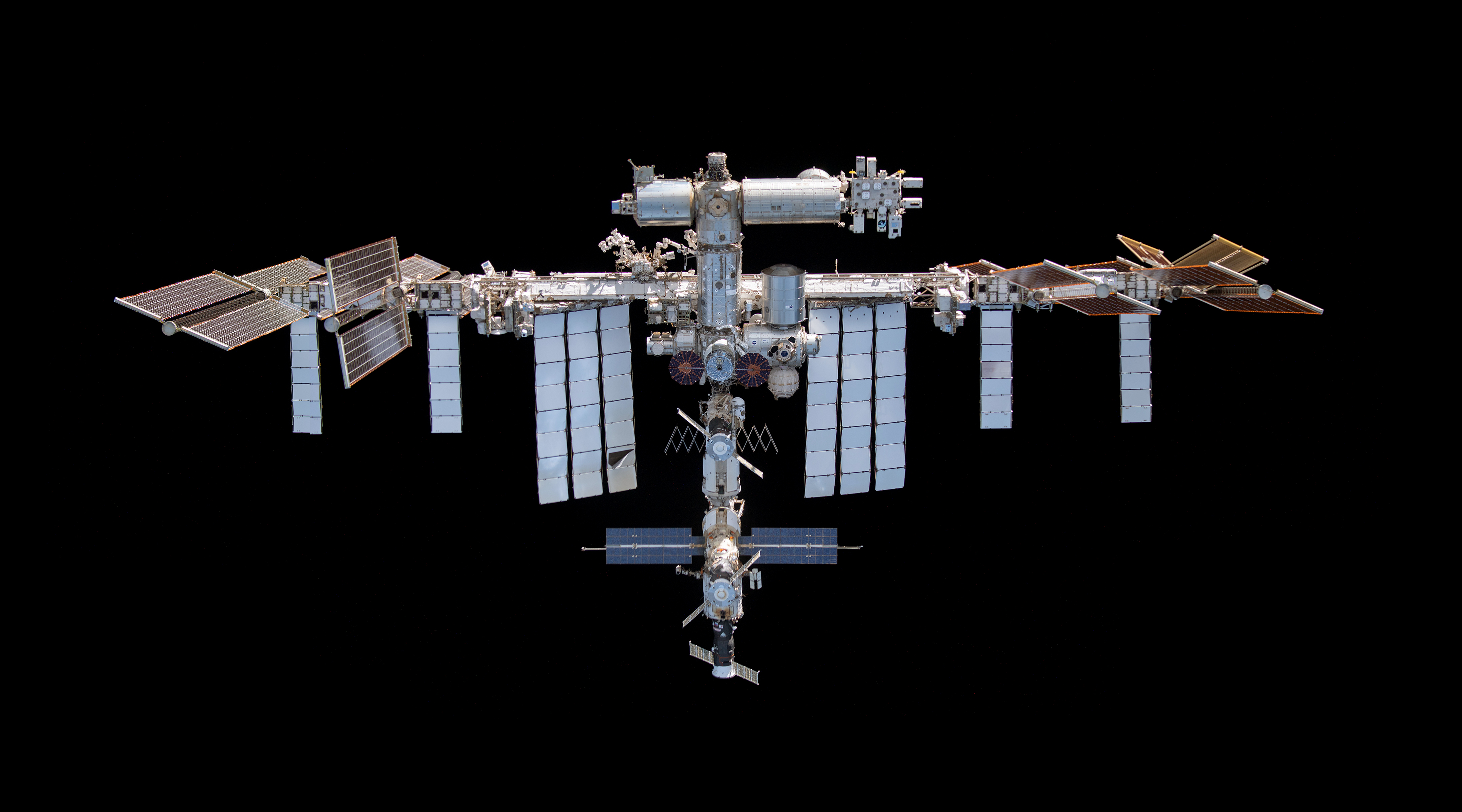First stage is at KSC, Dragon has been powered up and worked to spec immediately. Software tests will continue for another couple of months.
Meanwhile, NASA is still twiddling their thumbs over the idea of blending the C2 (ISS approach only) and C3 (ISS docking) missions to accelerate Dragon's operational status. If they do then the C2 goals would have to be met before a go-ahead for docking is given.
This video is the second stages 60 second test fire at the SpaceX McGregor, Texas test facility. Testing is complete and it was to arrive at KSC today for integration with the first stage.
When viewing remember that the first stage is 9X as powerful now, and will be more than that with next years huge Merlin 1D engine upgrade. Merlin 1D will also be the engine used in Falcon Heavy.
Engine: Merlin 1 Vacuum (M-Vac)
Fuel: RP-1 (rocket grade kerosene) & liquid oxygen
Igniters: dual-redundant TEA-TEB (reliable multiple starts)
Nominal burn time: 345 seconds
Vacuum thrust: 617,000 Newtons
ISP (specific impulse): 304 seconds
Meanwhile, NASA is still twiddling their thumbs over the idea of blending the C2 (ISS approach only) and C3 (ISS docking) missions to accelerate Dragon's operational status. If they do then the C2 goals would have to be met before a go-ahead for docking is given.
This video is the second stages 60 second test fire at the SpaceX McGregor, Texas test facility. Testing is complete and it was to arrive at KSC today for integration with the first stage.
When viewing remember that the first stage is 9X as powerful now, and will be more than that with next years huge Merlin 1D engine upgrade. Merlin 1D will also be the engine used in Falcon Heavy.
Engine: Merlin 1 Vacuum (M-Vac)
Fuel: RP-1 (rocket grade kerosene) & liquid oxygen
Igniters: dual-redundant TEA-TEB (reliable multiple starts)
Nominal burn time: 345 seconds
Vacuum thrust: 617,000 Newtons
ISP (specific impulse): 304 seconds














Comment